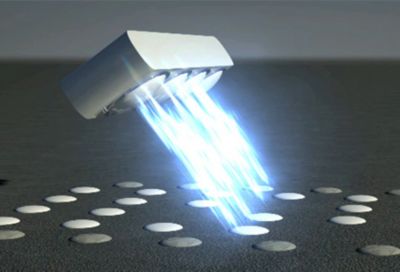-
-
Kostenlose Software für Studierende
Ansys unterstützt die nächste Generation von Ingenieur*innen
Studenten erhalten kostenlosen Zugang zu erstklassiger Simulationssoftware.
-
Verbinden Sie sich jetzt mit Ansys!
Gestalten Sie Ihre Zukunft
Stellen Sie eine Verbindung mit Ansys her, um zu erfahren, wie Simulation Ihren nächsten Durchbruch vorantreiben kann.
Länder und Regionen
Kostenlose Demoversionen
Produkte & Dienstleistungen
Lernportal
Über das Unternehmen
Back
Produkte & Dienstleistungen
Back
Lernportal
Ansys unterstützt die nächste Generation von Ingenieur*innen
Studenten erhalten kostenlosen Zugang zu erstklassiger Simulationssoftware.
Back
Über das Unternehmen
Gestalten Sie Ihre Zukunft
Stellen Sie eine Verbindung mit Ansys her, um zu erfahren, wie Simulation Ihren nächsten Durchbruch vorantreiben kann.
Kostenlose Demoversionen
ANSYS BLOG
June 7, 2018
Position Tracking Yields Efficient Autonomous Travel
Some highly publicized benefits of autonomous vehicles (in addition to driver downtime) are the reduction of traffic congestion and increased safety. Today, much of autonomous systems engineering centers on adapting cars, trains, buses, trucks and drones that were originally designed for human operators. But, what if, in addition to changing how vehicles are driven, we also alter the environment to make it more conducive for autonomous navigation?
Autodrive Solutions, a startup from Madrid, is developing systems to make autonomous driving safer and more coordinated by mapping routes with plastic paint spots (for roads) or bars (for rail tracks). Using these markers and an onboard radar unit that reads them, a central host computer will determine each vehicle’s location to within a centimeter so that traffic flow can be synchronized and improved.
The company used software obtained through the Ansys Startup Program to design portions of its Radar Positioning System (RPS). It leveraged Ansys HFSS SBR+ to design the lens that focuses the radar waves onto the paint dots to achieve the 1-cm positioning accuracy required, and Ansys SCADE to develop the safety-critical embedded software that will flawlessly control the hardware and meet rigid EU certification standards.
Those of us in North America understand roadway traffic jams and how a centrally controlled system could smooth our commutes. In other areas of the world where train travel is more common, the autonomous operation of railways can prove highly productive. Trains already perform a pre-programmed braking process when passing by a radio frequency identification (RFID) unit. However, a large number of variables (number of cars, wear, etc.) must be considered with regard to braking time, which a positioning system could help to quantify. And, considering the number of trains on a limited number of tracks, exact positioning would provide more accurate speedup and slowdown ranges to deliver faster passage and larger volumes on crowded routes. Continual speed adjustments on the rails could result in a savings of 20 percent of the 8-billion-euro energy cost of the European train fleet each year.
Ansys SCADE proved to be mission-critical to Autodrive Solution’s engineers, saving the company 80 percent in development time in getting RPS to market.

